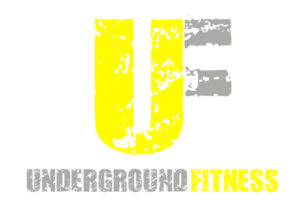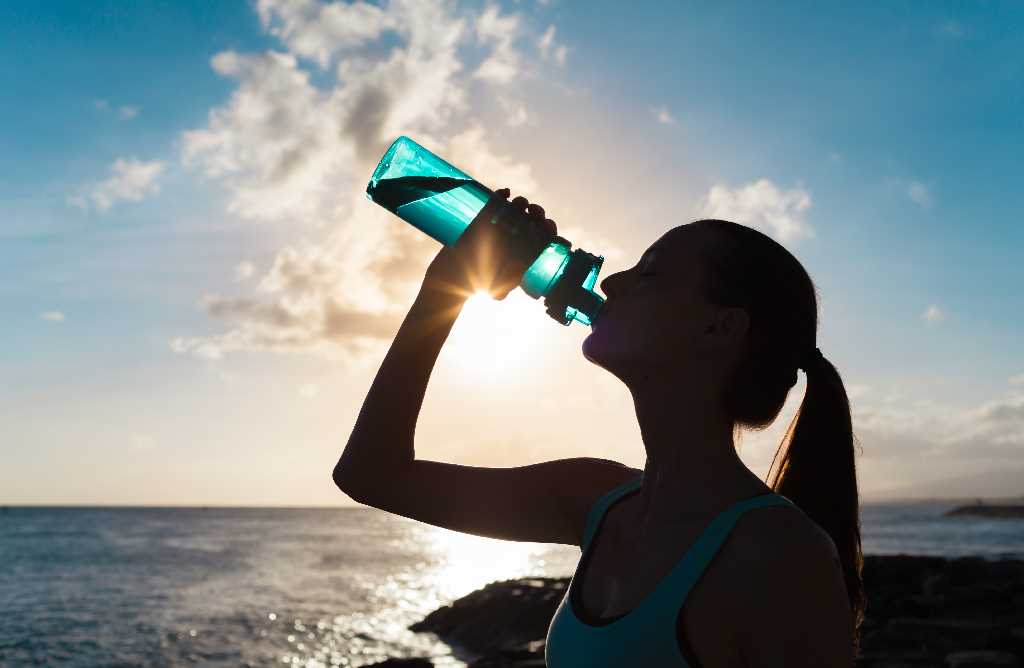Delayed onset muscle soreness
Delayed onset muscle soreness (DOMS) is a result of the small tears to your muscle fibres that occur while you’re working out, combined with the burning feeling of lactic acid build up. Small micro-tears to our muscles cause pain and usher in inflammation, leaving the feeling of heat and stiffness. As these tears are prevalent on muscle tissue, trying to lengthen or shorten your muscles with DOMS will feel very debilitating (basically it hurts to move). You will essentially be walking around like John Wayne!

Workouts that include a lot of eccentric exercises are more likely to leave you hobbling the next day. There are 2 phases in a strength exercise, the concentric (the lifting part) and the eccentric (the lowering part). The eccentric phase is where you’re actually creating tears in the muscle fibers, and it’s also where your muscles are working at their strongest. Downhill running is a good example of eccentric exercise, which is why DOMS would be more prevalent as opposed to running uphill. So on day 1 if you were to really lower yourself into a push up very slow, you are likely to develop more DOMS across the chest.
This pain usually begins to develop between 12 and 24 hours after your workout, and peaks around 24 to 72 hours after your training stimulus. This is a necessary process of muscle break-down. With adequate nutrients, hydration and recovery, these muscles will build back stronger and more developed.
Now, enough of scaring you. DOMS can be managed. At Underground Fitness we purposefully try our best to impose strategies that minimise this pain in your first workouts. Being mis-managed, not only can DOMS cause discomfort, but it can cause you to miss your subsequent workouts. Now this we cannot afford! :)
steps to promote recovery
Notice we say “promote recovery” as opposed to “heal pain”, because if you are experiencing pain the only real saviour is time. There is no quick fix to eliminate DOMS, but there are methods to lighten the stiffness and promote recovery. This means getting back to full length walking strides ASAP. Here’s what you can do:
- Increase circulation
- Hydration, Hydration, Hydration
- Have an Epsom salts bath



